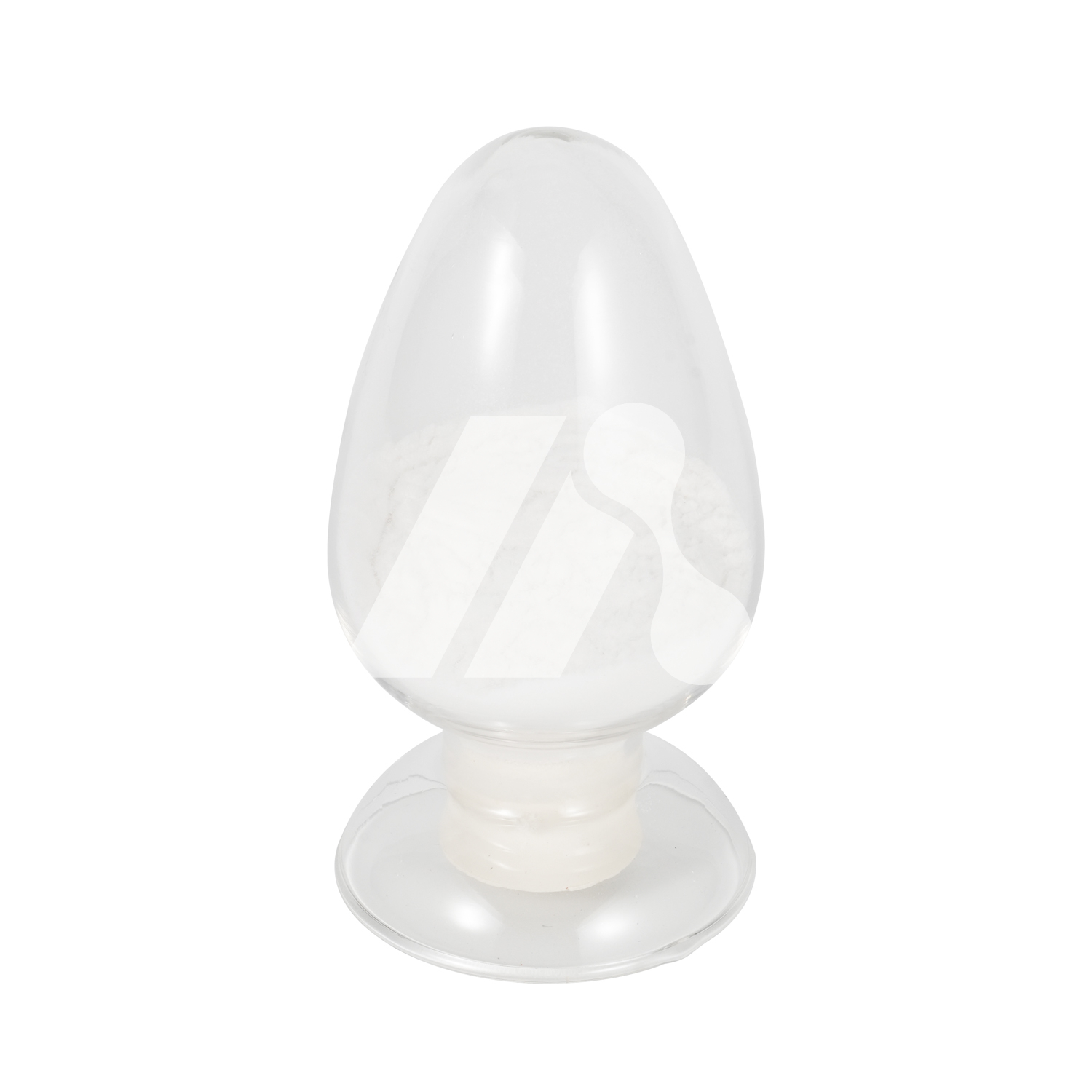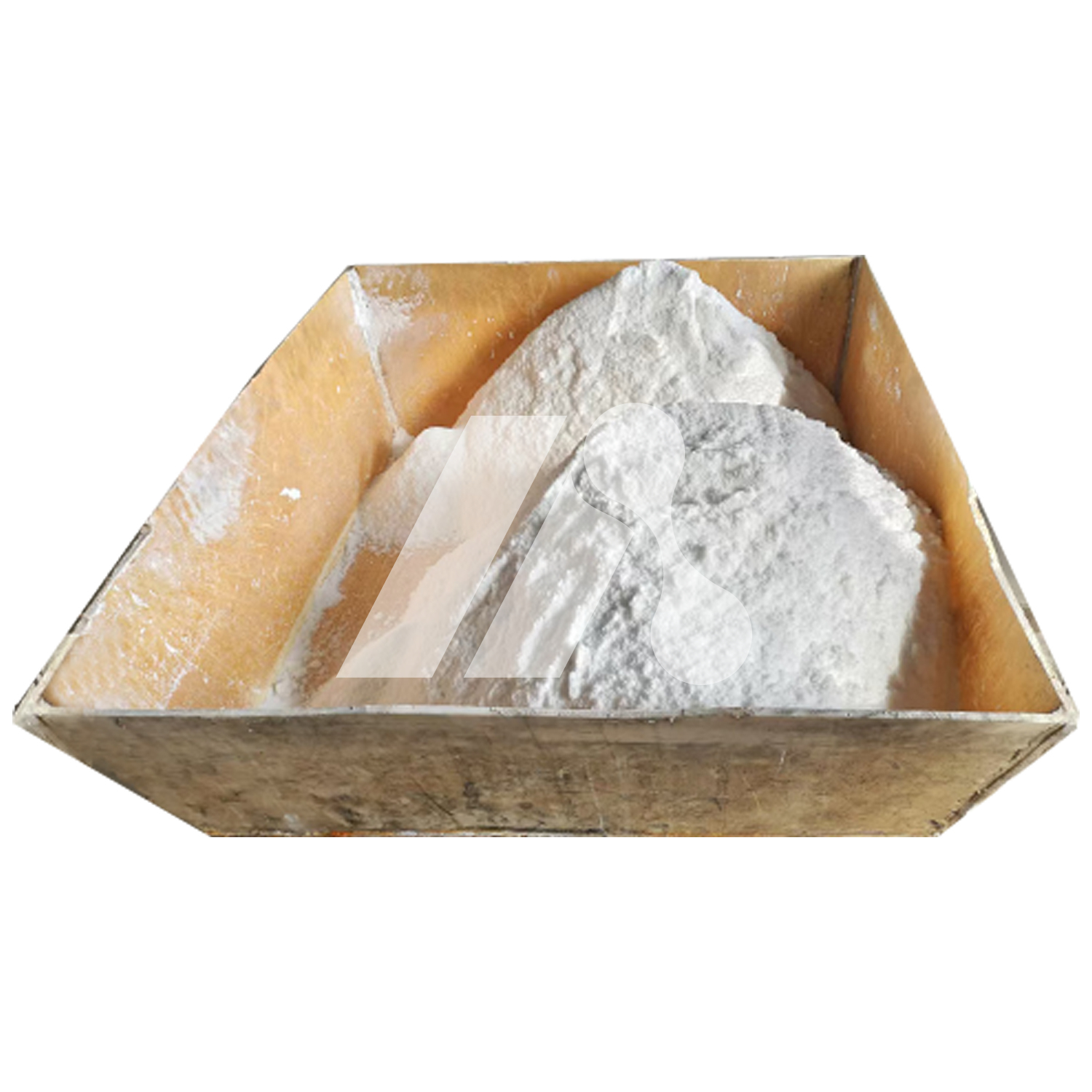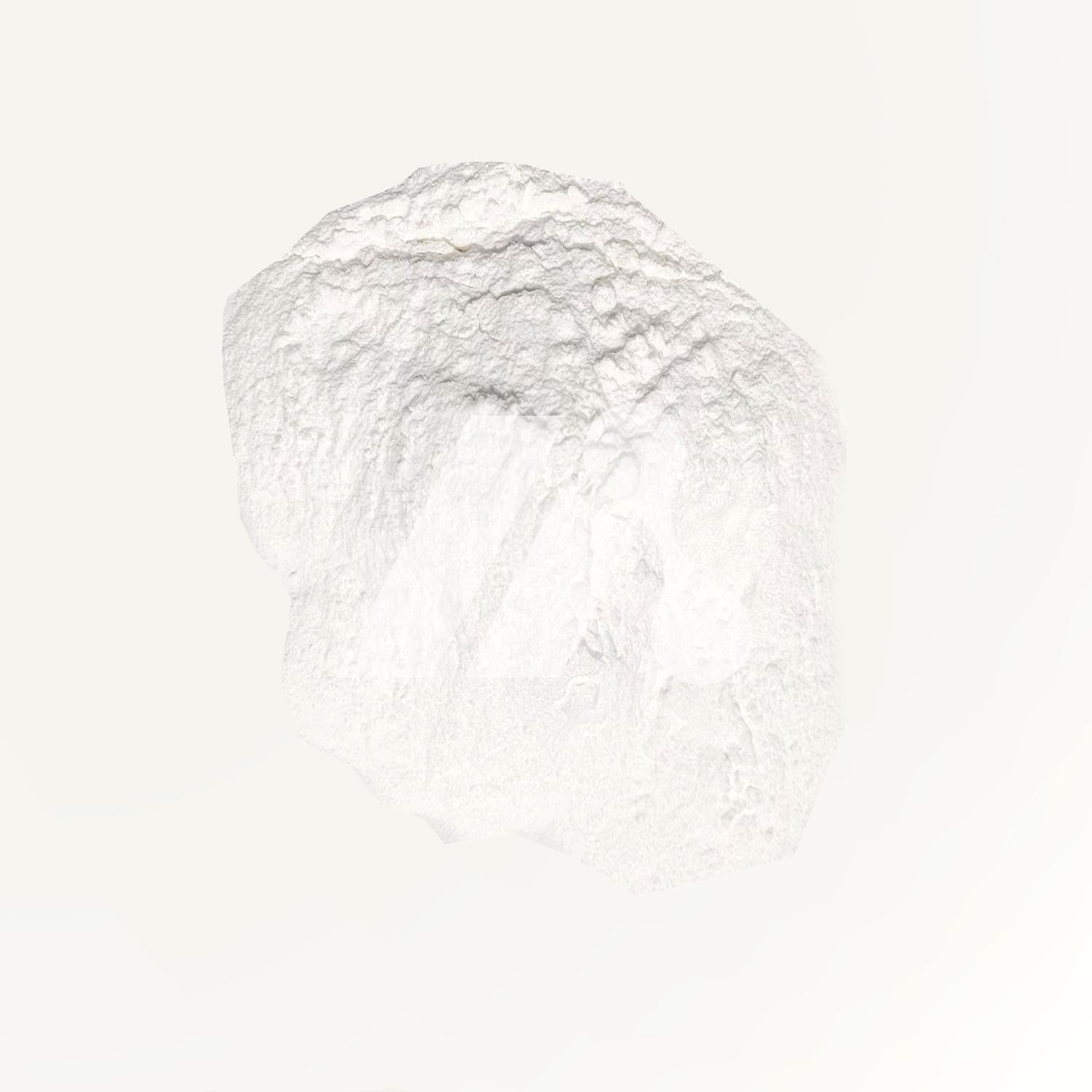CAS NO.: 10533-67-2
Empirical Formula: C3H7NOS
ECHA number: 234-096-2
Appearance: Off-White
Powder Origin: CHINA
Preparation method: The key to the synthesis of methomyl is the synthesis of the intermediate methomyl oxime. Depending on the selected synthesis route, the yield and cost of methomyl oxime will increase. Generally there are five methods for the synthesis of methomyl oxime: thioacetaldehyde oxime method; acetaldehyde method; methyl ethyl ketone method; nitroacetaldehyde method; acetaldehyde method. The operation steps of the acetaldehyde method are equal to the reaction of acetaldehyde and microsamine under the action of an acid binding agent. The generated acetaldehyde oxime reacts with chlorine at a certain temperature. After a certain period of time, sodium methylmercaptide is added dropwise and adjusted with alkali. PH value, cooling, suction filtration and drying, the white crystals obtained are methomyl oxime.
Basic Info.

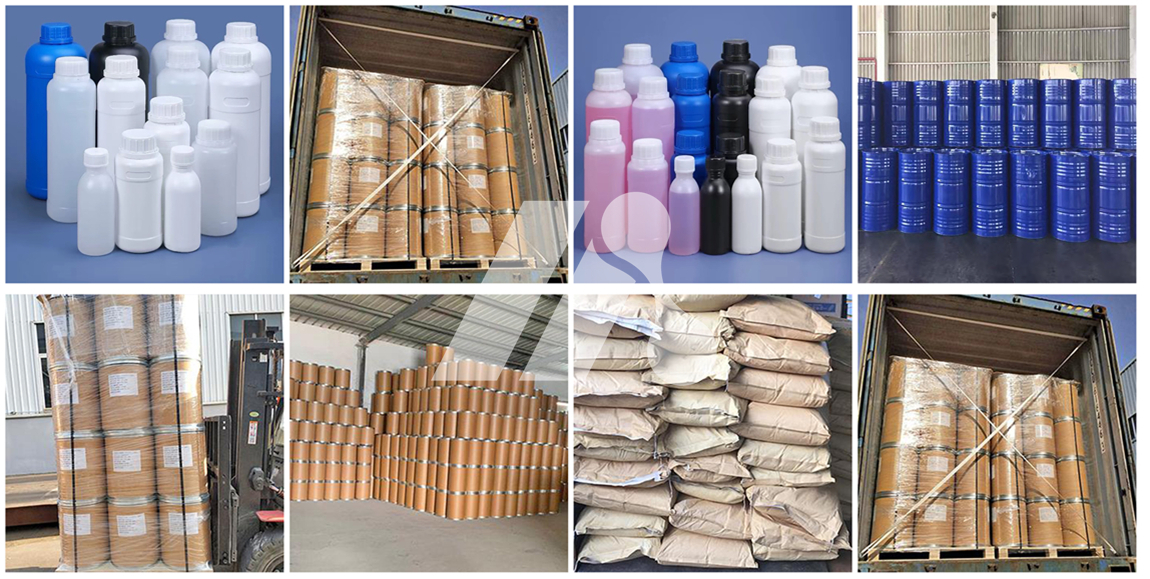

-
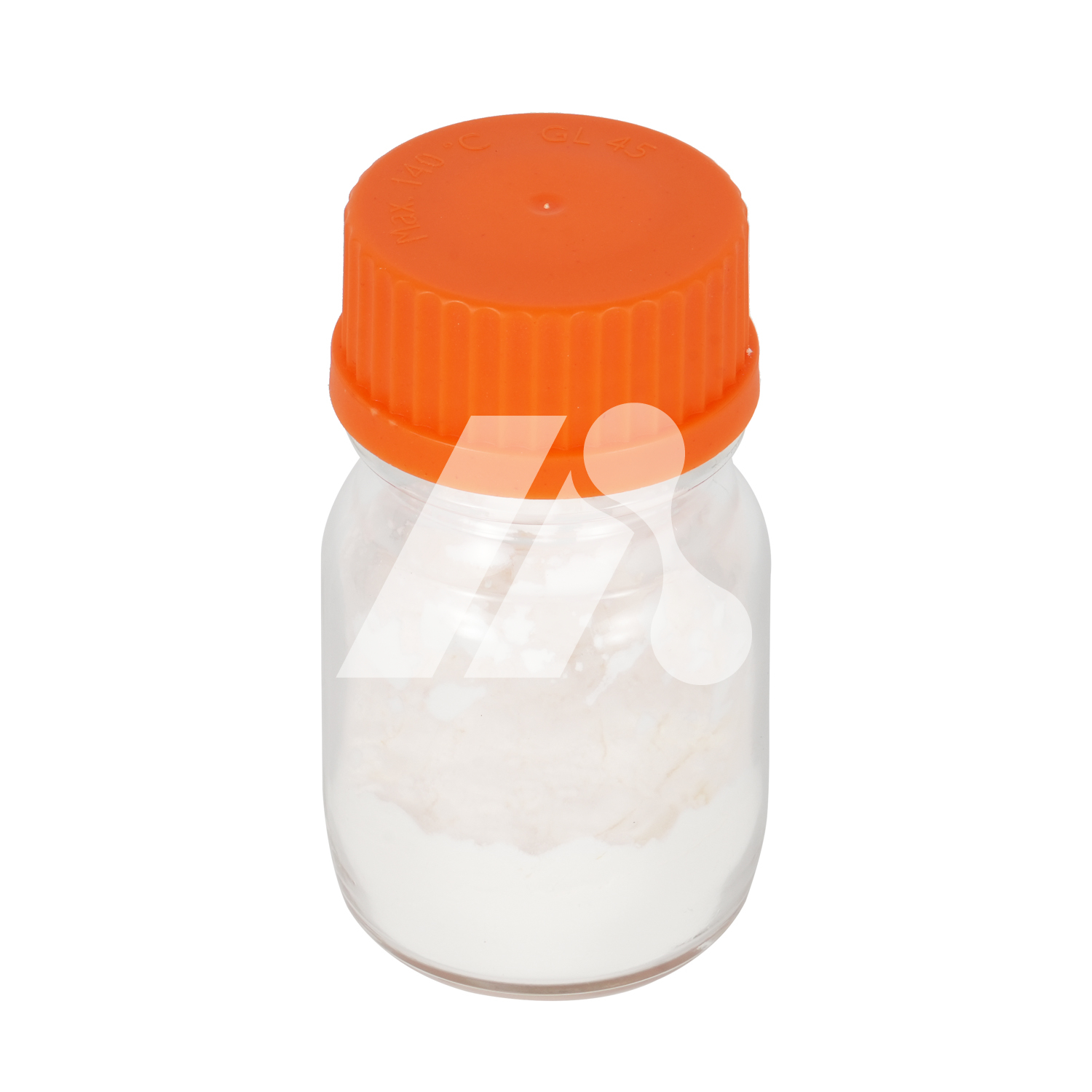 Thiamethoxam 98%
Thiamethoxam has contact, gastric, and systemic activities, and has higher activity, better safety, wider insecticidal spectrum, fast action, and long duration of effect. It is an ideal alternative to those with high toxicity to mammals and Better varieties of organophosphorus, carbamate, and organochlorine pesticides that have residual and environmental problems. It is highly active against Coleoptera, Diptera, Lepidoptera, especially Homoptera pests, and can effectively control various aphids, leafhoppers, planthoppers, mealybugs, chafer Chemicalbook larvae, potato beetles, nematodes, and ground beetles. , leafminers and other pests as well as pests that are resistant to various types of chemical pesticides.
CAS No.: 153719-23-4
1 kg (MOQ)
Thiamethoxam 98%
Thiamethoxam has contact, gastric, and systemic activities, and has higher activity, better safety, wider insecticidal spectrum, fast action, and long duration of effect. It is an ideal alternative to those with high toxicity to mammals and Better varieties of organophosphorus, carbamate, and organochlorine pesticides that have residual and environmental problems. It is highly active against Coleoptera, Diptera, Lepidoptera, especially Homoptera pests, and can effectively control various aphids, leafhoppers, planthoppers, mealybugs, chafer Chemicalbook larvae, potato beetles, nematodes, and ground beetles. , leafminers and other pests as well as pests that are resistant to various types of chemical pesticides.
CAS No.: 153719-23-4
1 kg (MOQ)
-
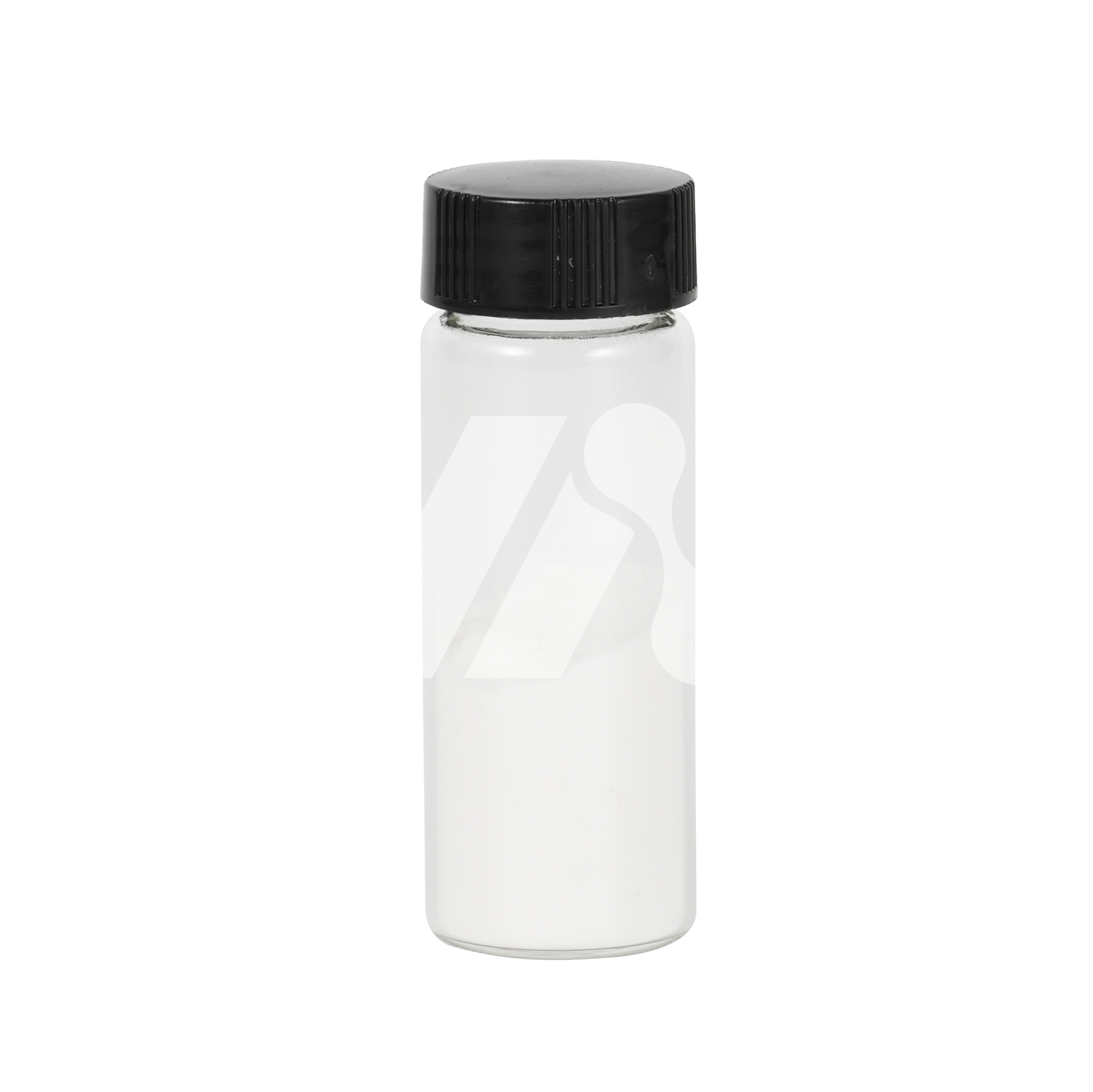 Pymetrozine 96%
Pymetrozine is low in toxicity and has little effect on natural enemies, acting only on pests with piercing-sucking mouthparts. The compound is non-irritating to the skin and eyes and is non-mutagenic. It has very low toxicity to mammals and is also very safe for birds, fish, bees, etc.
CAS No.: 123312-89-0
1 kg (MOQ)
Pymetrozine 96%
Pymetrozine is low in toxicity and has little effect on natural enemies, acting only on pests with piercing-sucking mouthparts. The compound is non-irritating to the skin and eyes and is non-mutagenic. It has very low toxicity to mammals and is also very safe for birds, fish, bees, etc.
CAS No.: 123312-89-0
1 kg (MOQ)
-
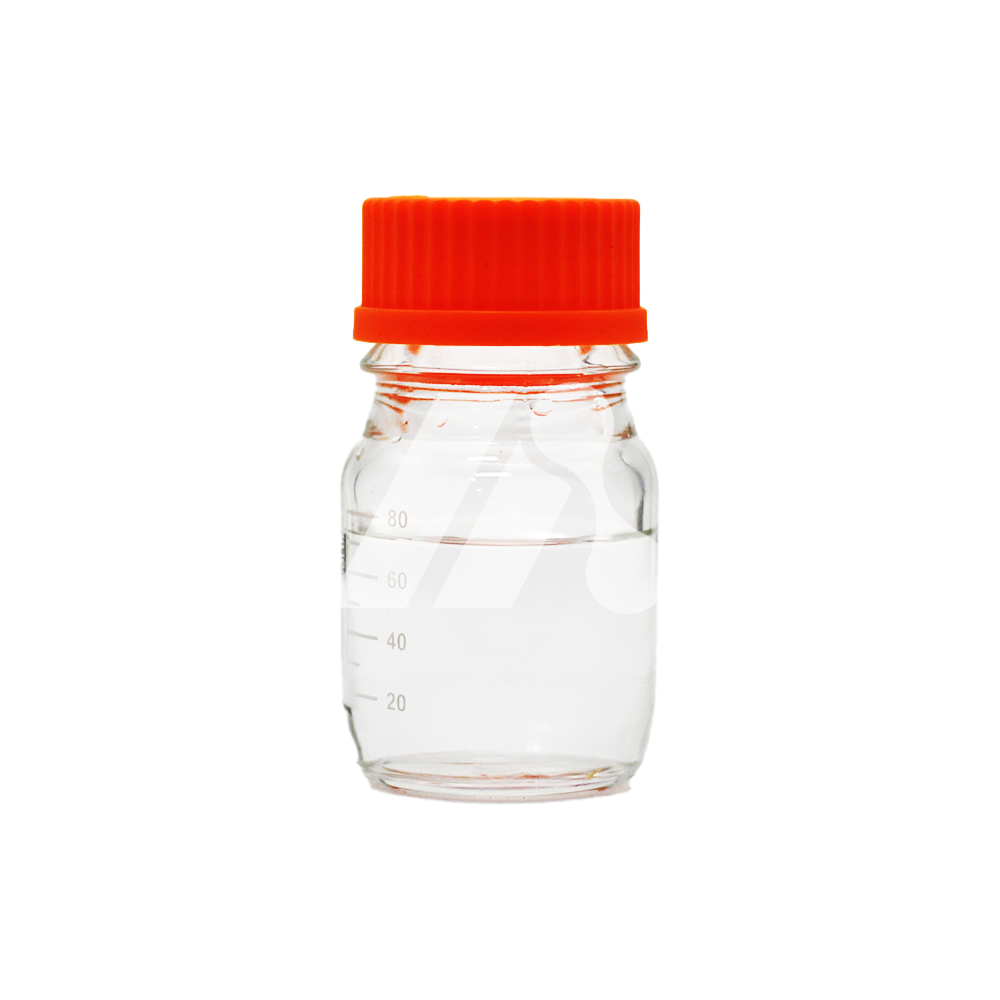 Pyridine 99.9%
Pyridine is used as an organic solvent, analytical reagent, and also used in organic synthesis industry, chromatography analysis, and as a raw material for extracting and separating pyridine and its homologues. It is a raw material for herbicides, pesticides, medicines, rubber additives, and textile additives. It can also be used in moisture determination, as a bacterial mutagen, alcohol denaturant, solvent for acylation reactions, and catalyst, etc.
CAS No.: 110-86-1
1 kg (MOQ)
Pyridine 99.9%
Pyridine is used as an organic solvent, analytical reagent, and also used in organic synthesis industry, chromatography analysis, and as a raw material for extracting and separating pyridine and its homologues. It is a raw material for herbicides, pesticides, medicines, rubber additives, and textile additives. It can also be used in moisture determination, as a bacterial mutagen, alcohol denaturant, solvent for acylation reactions, and catalyst, etc.
CAS No.: 110-86-1
1 kg (MOQ)
-
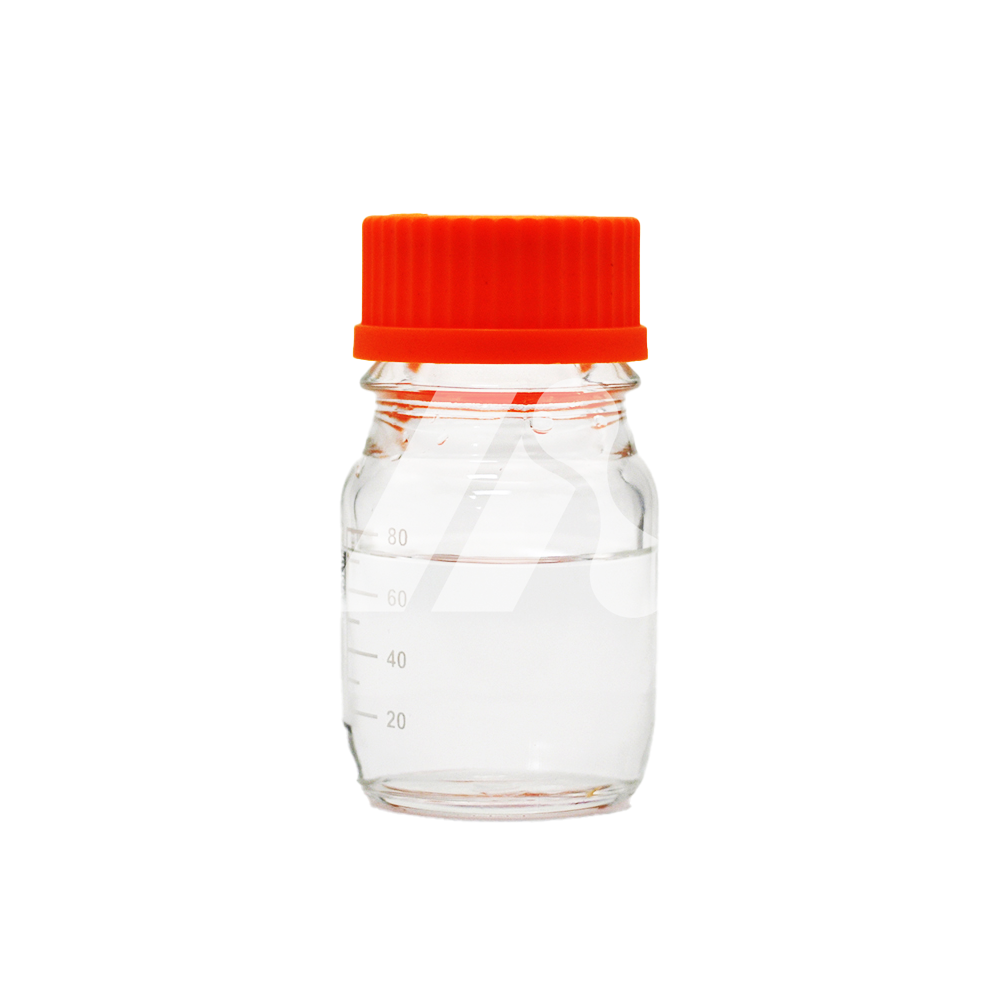 3-Methylpyridine 99.9%
3-Methylpyridine is mainly used in the manufacture of vitamin B, niacin, cardiotonic agents, etc. It can also be used as a solvent, alcohol denaturant, various intermediates, and pesticides.
CAS NO.: 108-99-6
1 kg (MOQ)
3-Methylpyridine 99.9%
3-Methylpyridine is mainly used in the manufacture of vitamin B, niacin, cardiotonic agents, etc. It can also be used as a solvent, alcohol denaturant, various intermediates, and pesticides.
CAS NO.: 108-99-6
1 kg (MOQ)
-
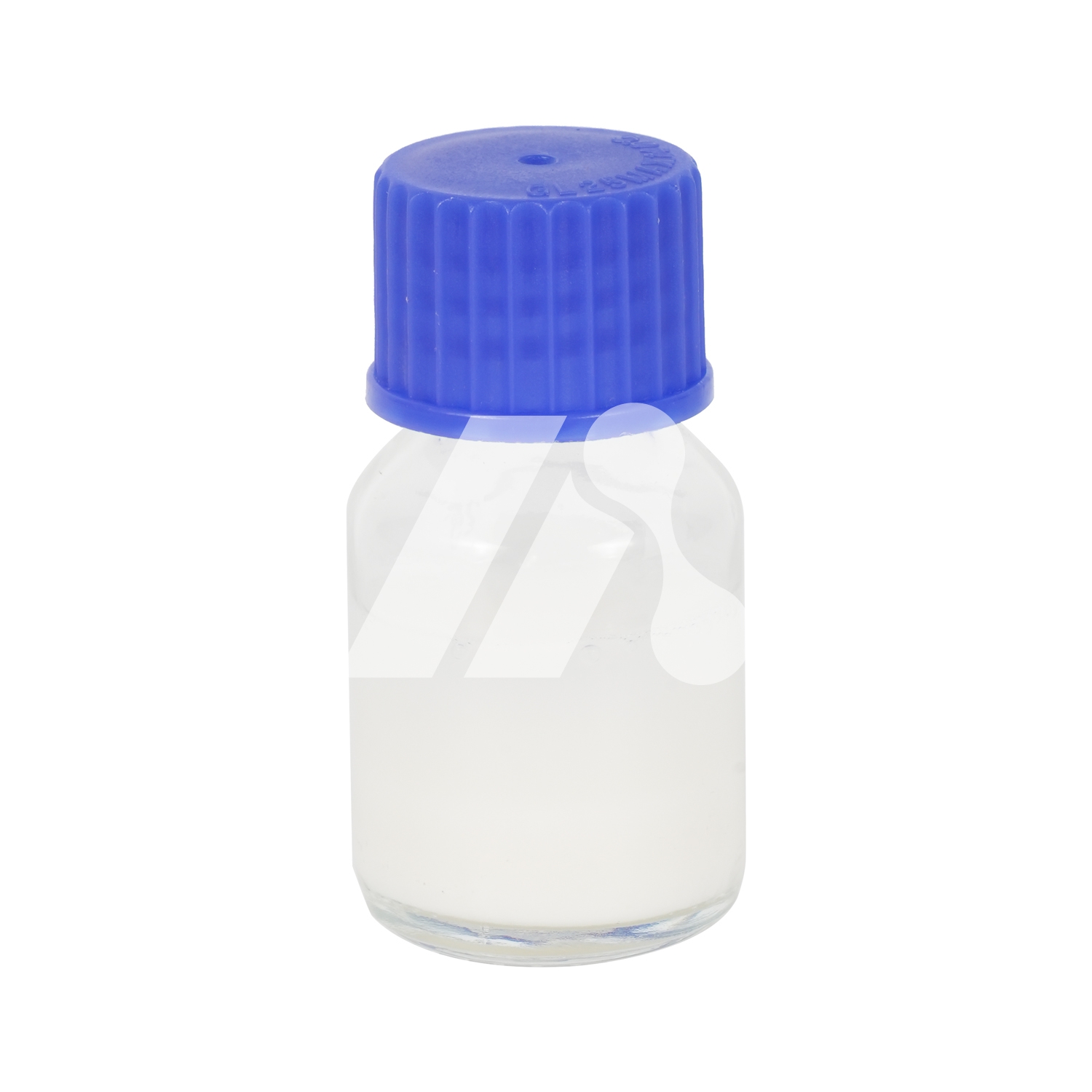 Glufosinate-P 90%
L-Glufosinate 90% (Glufosinate-P) is by far the only natural sense herbicide containing the C-P-C structure, which is about 4 times the grass glyphosate, which is twice the proclastation of the grass and two times the somatoscope (DL-type). Glufosinate-P adsorbs the activity of glutamine synthetase causing the cytotoxic ammonium ions to accumulate in the plant, destroying its photosynthesis.
CAS No.: 35597-44-5
1 kg (MOQ)
Glufosinate-P 90%
L-Glufosinate 90% (Glufosinate-P) is by far the only natural sense herbicide containing the C-P-C structure, which is about 4 times the grass glyphosate, which is twice the proclastation of the grass and two times the somatoscope (DL-type). Glufosinate-P adsorbs the activity of glutamine synthetase causing the cytotoxic ammonium ions to accumulate in the plant, destroying its photosynthesis.
CAS No.: 35597-44-5
1 kg (MOQ)

